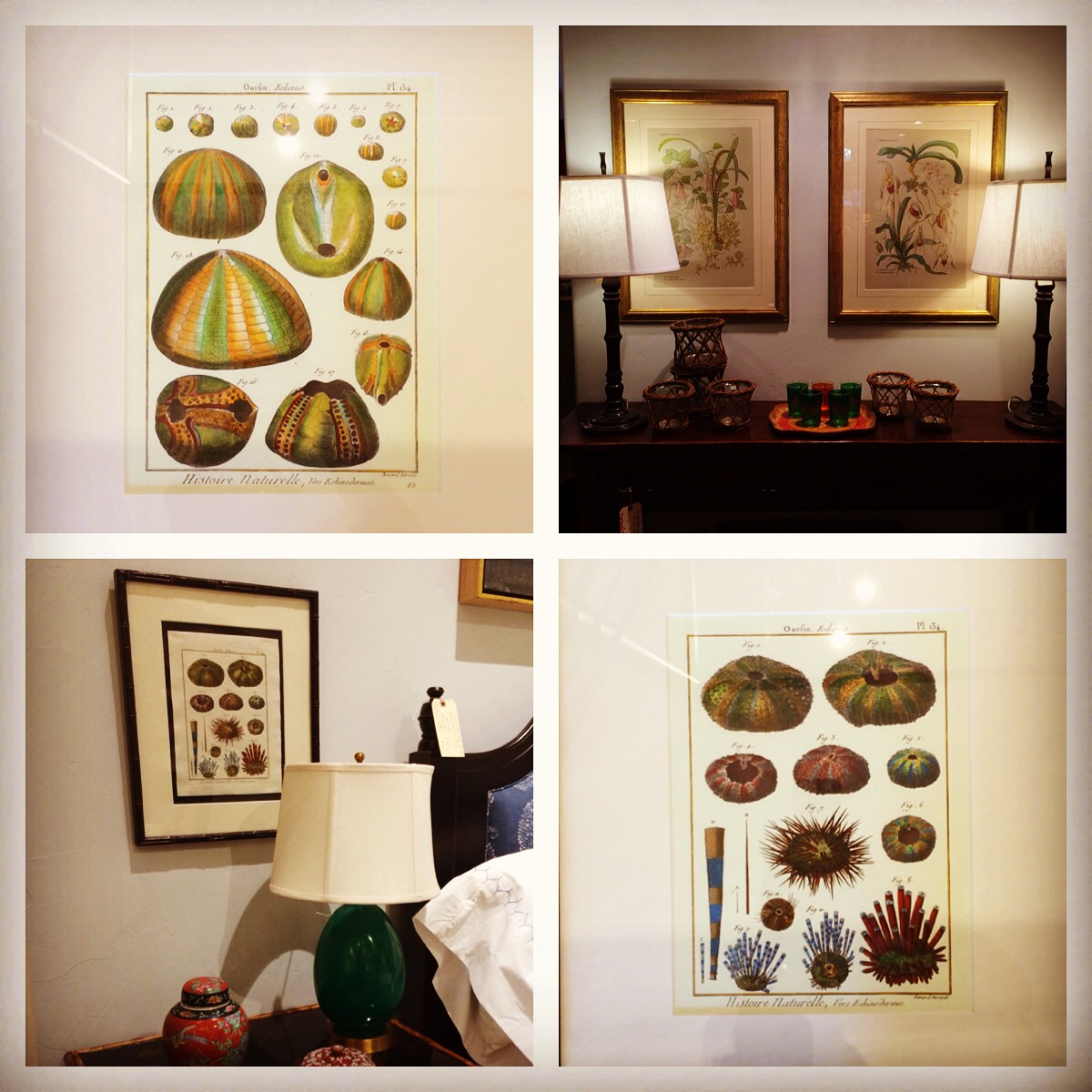Botanical Studies
Rooms & Gardens
Botanical studies are a beautiful and historical works of art. Dating back to ancient times, floral compositions have been a popular artistic treatment for quite some time. They not only represent some of our earliest scientific efforts, but they also stunningly illustrate the entities of our favorite garden beds.
The Codex Vindebonensis, the oldest surviving illustrated botanical manuscript, and dates back to 512 AD. It was created in Constantinople for the Emperor of Byzantium’s daughter, Juliana Anica, in the year 472. It is primarily copied from the De Materia Medica, which was written in Rome about 60 AD.
However, this is not the first time we see depictions of plants. The earliest botanical portrayals date back as far as Mesopotamia and Ancient Egypt, about 4000 years ago! These civilizations were very agriculturally developed, so it is no surprise that we find pictures of plants and other floral motifs on the walls of their temples and tombs.
Fast forwarding to the late 1700s, we find the amazing works of natural history and landscape artists Sydney Parkinson and Alexander Buchan. They set sail on the ship Endeavor for a voyage of circumnavigation and exploration. Their 1,051 days journey took them around the world with stops of the coasts of South America, Australia, Tahiti, and several places in between. At the beginning of the trip the artists were able to keep up with the pace of the discoveries, completing their works in color. By the end of the trip they had found so many new species that they had to work much faster, only being able to color in the most significant views. At the time of their return to England, Parkinson and Burchan had collectively finished depicting over 30,000 plant specimens, representing over 3,600 different species!
You can find matted and framed Vintage Botanical prints in our stores, and online. We offer them in a variety of sizes, studies, with various framing options that will add a beautiful accent to any space. For more information on the museums that house some of the original freehand botanical sketches and watercolors, please refer to the sited sources.






